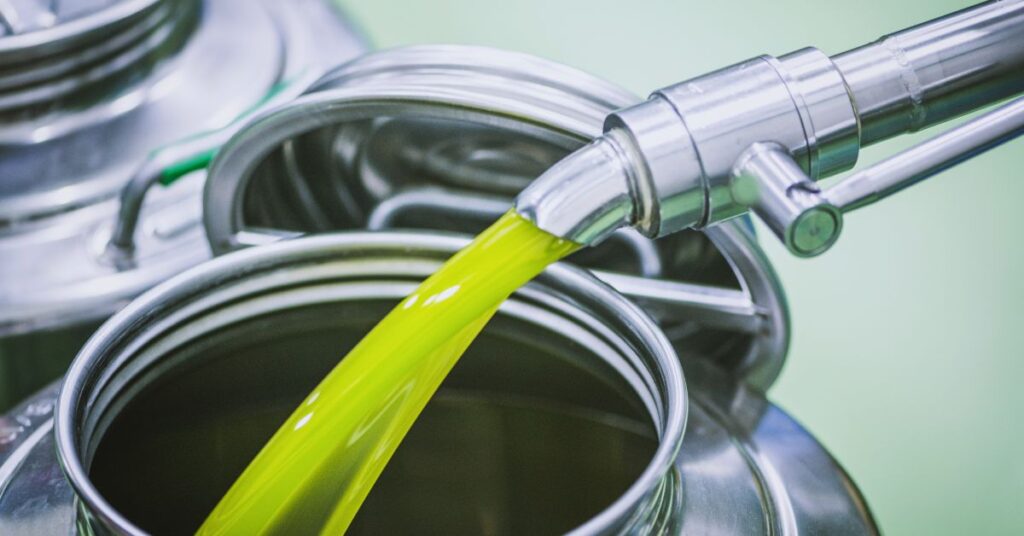
Olive Oil Prices
- Blog
- Olive Oil Market
-
Nov 09
- Share post

The global olive oil prices is now at its highest ever, having risen by 32% since it hit a 26-year peak in May. This unprecedented increase has been caused by a combination of extreme weather conditions that have drastically reduced harvests in the main producing countries, leading to shortages and increased prices. In Spain, the biggest exporter and importer of olive oil, yields this year have been cut in half due to extreme heat and drought. Italy, the next biggest producer, has been experiencing its worst drought in 70 years since 2022 and is yet to fully recover. In August, the Spanish government reported a major decline in supplies, further fuelling fears of shortages and driving prices up.
EU Production to Increase
The European Union’s nine producing countries are estimated to yield 1.5 million tons of olive oil in the 2023/24 crop year, 9 percent above the previous season’s historic low. This below-average harvest, combined with current market scarcity, is likely to drive up prices and significantly impact European consumption. Between 2017/18 and 2021/22, the E.U. produced an average of 2.13 million tons of olive oil annually, but three of the bloc’s four major olive oil-producing countries had a challenging harvest this year, with Italy being the exception. Greece is expected to see a 20 percent drop in olive oil yield due to a hot and dry spring, followed by summer heatwaves and olive fruit fly and pest infections. Additionally, the E.U. has low olive oil stocks, beginning the new crop year with only 307,000 tons compared to 670,000 tons the previous year. Though they will partially sustain the supply with 160,000 tons of imports, the market is likely to remain tight.
Rising Olive Oil Prices and Lower Production Lead to Decrease in E.U. Exports and Consumption
We expect that rising olive oil prices, paired with lower production, will have a negative impact on E.U. olive oil exports. Exports have dropped 40 percent between April and June 2023 compared to the previous year, while shipments abroad between October 2022 and June 2023 fell by 23 percent. Record-high olive oil prices are also impacting consumption in E.U.’s non-producing countries, which are expected to drop to 280,000 tons in the current crop year from 290,000 tons in the previous one. In the four main producing countries, consumption is expected to decrease from 1.02 million tons in 2022/23 to 950,000 tons in 2023/24. Overall, E.U. olive oil consumption is expected to drop by six percent.




